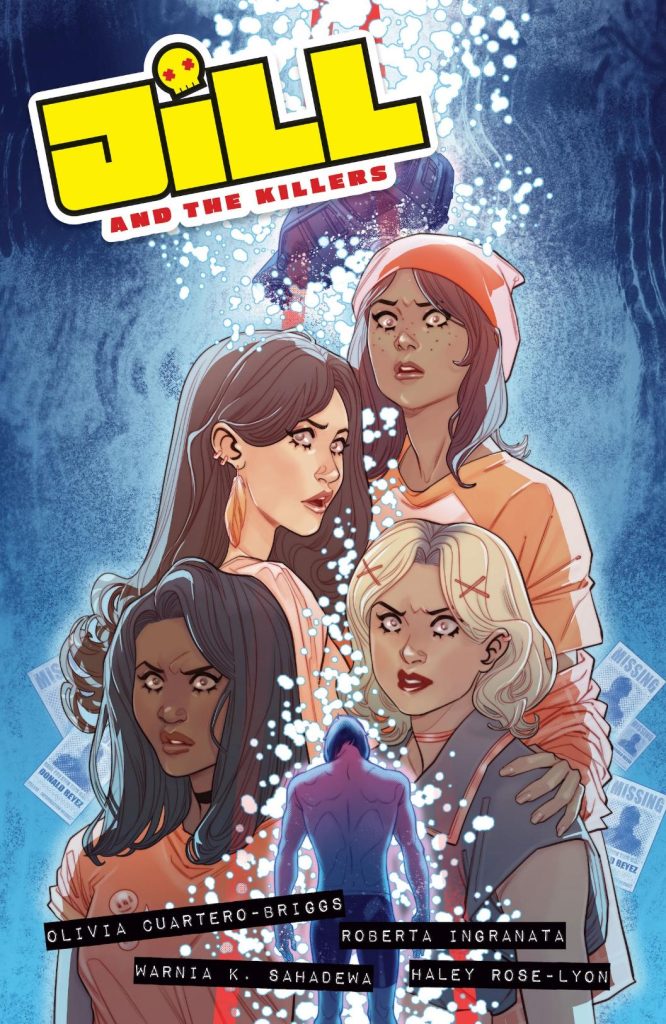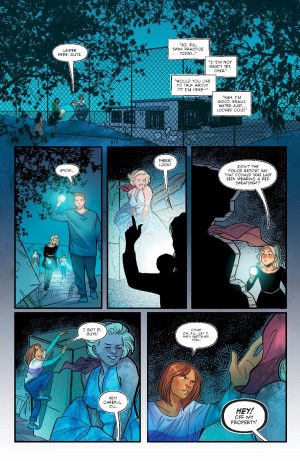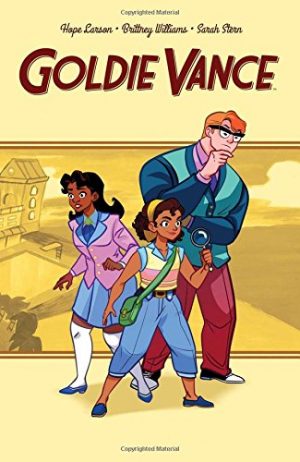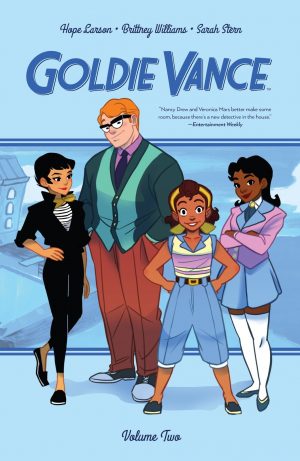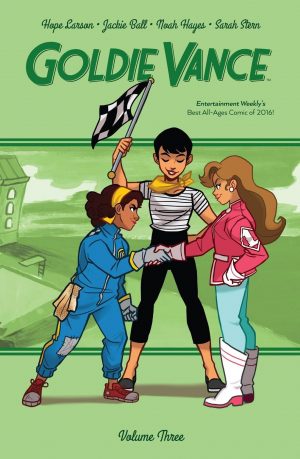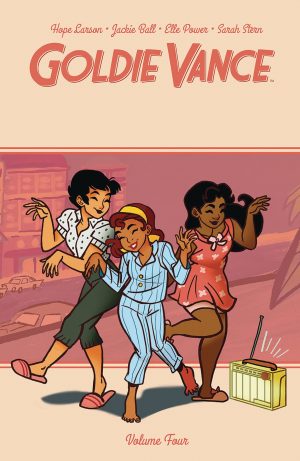Review by Ian Keogh
After a year away from school with illness Jill returns to discover much has changed. Her friends have moved on and their current obsession is true crime mysteries via TV show, podcast or subscription package. In order to win them back she fakes interest and persuades her father to pay for an expensive subscription where she’s sent material concerning a missing person case constructed to feature details local to the subscriber. It’s at this point that Olivia Cuatero-Briggs drops the bombshell that Jill’s mother has disappeared. Her father holds out hope for her return, but an angry Jill is adamant her mother is dead. It drops an extremely macabre shroud over matters.
As the plot moves forward Cuatero-Briggs drops other pertinent information, some of it revealing that Jill’s current isolation is partially her own doing. That, though, raises Jill and the Killers’ theme of friendship. Cuatero-Briggs poses questions about what friendship constitutes, what obligations there might be, and asks how far anyone should stick their neck out for a friend.
This is in the context of an updated version of Nancy Drew. There’s genuinely a mystery to be solved by a group of girls in a small town populated by eccentric characters, although Jill haunted by her mother’s disappearance/death has greater depth than Nancy. Cuatero-Briggs brings the difference via an ear not just for contemporary dialogue, but for the accompanying speech patterns, meaning at times older readers are going to be lost. It’s not aimed at them, though.
Cuatero-Briggs takes care to keep the trappings modern, but Roberta Ingranata’s art delivers a more timeless small town USA, with the exception being notable use made of the Rolls Royce driven by rich kid Clyde. Locations are fully realised, but the girls tend to be variations on the same person. They’re differentiated by hair colour and clothing, and the issue of ethnic origin is fudged by Warnia K. Sahadewa’s colouring giving them varying skin tones despite the main characters all being drawn as white American.
Some staging seems false, although set-up by Jill feeling awkward about standing outside her group of friends. What rings true is Jill falling to pieces and gradually conflating solving the case with possibly bringing her mother back. The mystery is engaging, as are the dynamics between the various characters, leaving the title as the major mis-step. Why construct a mystery around friendship, then have the title sound like a 1960s band?
Cuatero-Briggs doesn’t just leave the door open for a continuation, she removes the door frame and knocks the surrounding wall down. It’s an enticing possibility, but will the personality clashes work a second time?
